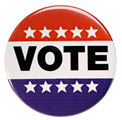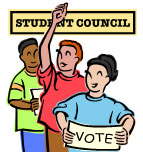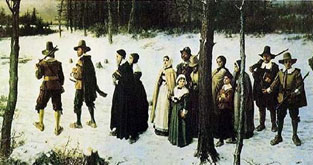

The United States is a constitutional republic in which the people elect representatives to make laws. Citizens of the United States vote for president, vice president, members of Congress, governor, state legislators, city council, mayor, and school board, among others. These people make decisions ranging from declaring war on another country to requiring the study of American history in eighth grade for Texas public school students.

While you are not old enough to vote yet, you too have most likely participated in some form of representative government. You have probably been asked to give your opinion on a candidate for office or an issue. Maybe you cast a vote in a student council or student government election. Perhaps you ran for office yourself.
A 17th Century Innovation
Representative government, in which the people rule themselves by choosing their leaders, is simply part of the American way of life, and it is increasingly becoming the system of government for the rest of the world.
When the colonists first came here from England, not a single major country was democratic. Kings and queens ruled England, France, and Spain. Emperors lorded over China and India. A tsar had complete control over Russia.

The settlers of Massachusetts, Connecticut, and Virginia all established aspects of representative government in the early 17th century. Their legacy is the government the United States experiences today. In this lesson, you will explore why they chose democracy and analyze a few of their major accomplishments.

Source of images used in this section